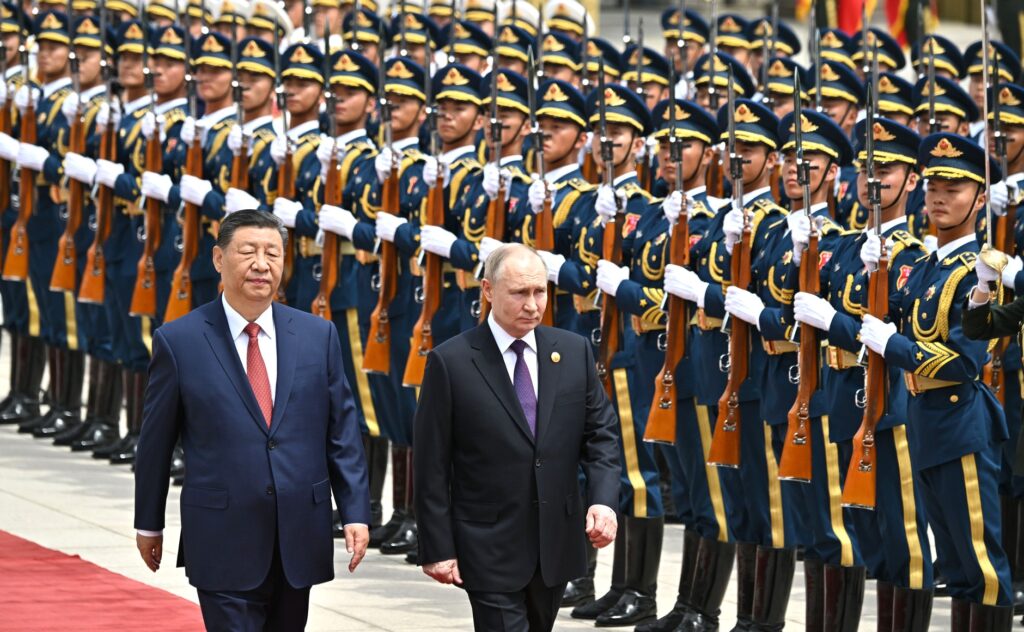Russia helps China to develop amphibious operation system for potential Taiwan attack

Russia may help China prepare for a new war. Moscow is transferring technologies to Beijing to develop a command-and-control system for amphibious operations, codenamed Sword. DefenseMirror reports that analysts believe this could be a part of preparation for a Taiwan invasion and an attempt to stretch Western forces to different conflicts across the globe.
Rosoboronexport’s contract with China
In June 2024, Russian arms exporter Rosoboronexport signed a €4.284 million contract with China’s CETC International.
Moscow is supplying technical documentation for a troop management system covering both hardware and software: command-and-staff vehicles, communications systems, field command posts, amphibious combat vehicles, and personal equipment.
Real-time coordination
The system is designed to ensure seamless data transfer and real-time coordination at all levels, from corps command to individual soldiers.
Sword will be integrated into Chinese CSK131A Dongfeng Mengshi armored vehicles. It will display friendly and enemy positions and direct artillery and air support via digital tablets.
Training the PLA
According to the leak, prototypes are being built and tested at training grounds. Meanwhile, 60 PLA soldiers are undergoing instruction: 152 hours of lectures, 130 group sessions, and 150 practical exercises with R-187VE, R-188E, and InmarSat-BGAN Explorer 727 radios. Part of the training is held at the Tulatotchmash plant, using simulators.